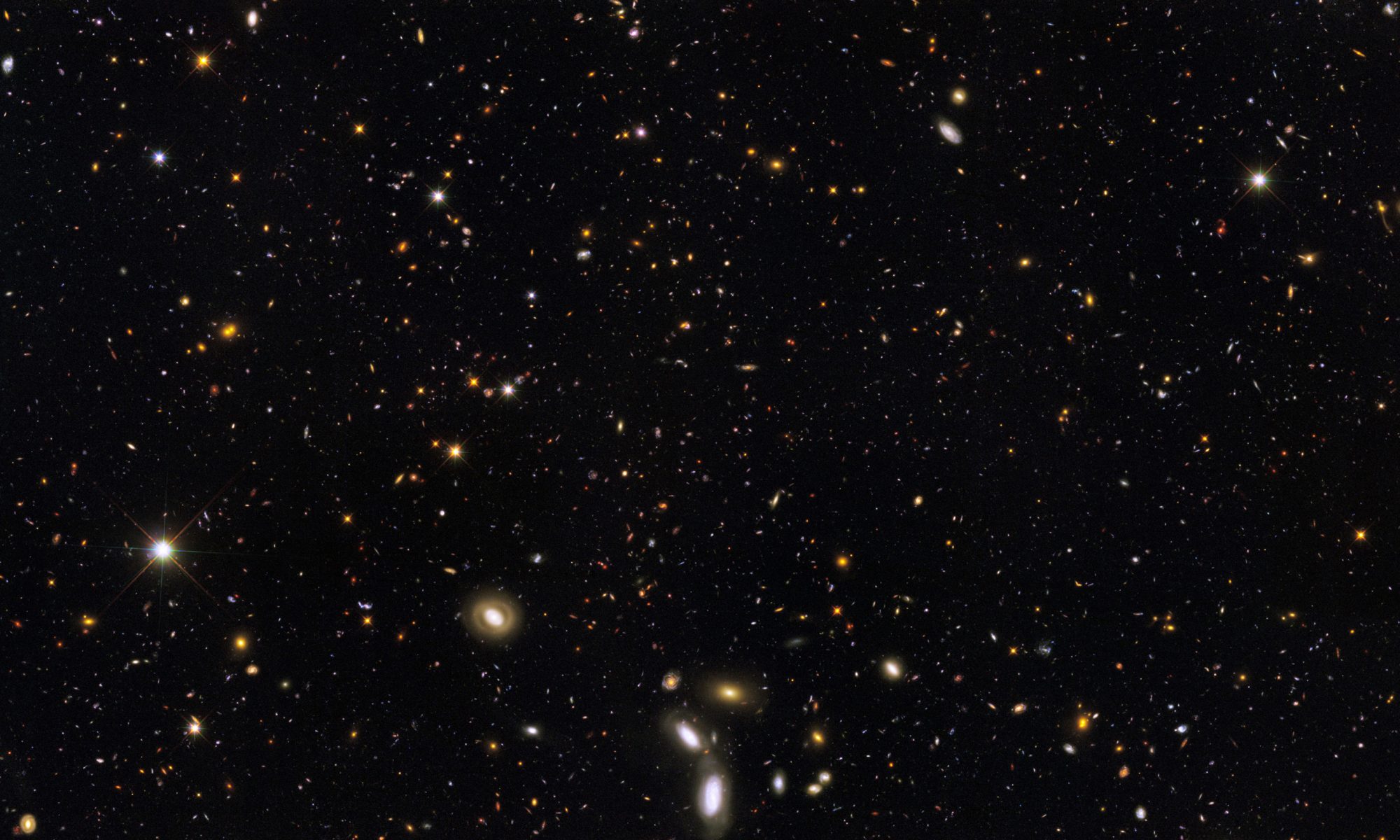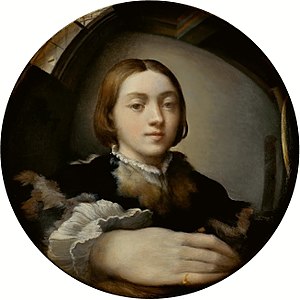Although Ashbery’s “Self-Portrait in a Convex Mirror,” Basho’s haiku, and Pound’s “In a Station of the Metro” may be a-logical, each of these is still afforded a movement down the page. These movements are governed by and served by the creation of a networked dialectical space through linked comparisons of image. This space allows for Pound’s “intellectual-emotional complex” to generate intuitive comprehension in a reader at some level.
Continue reading “On the Control of Movement through Image, pt. 4”

